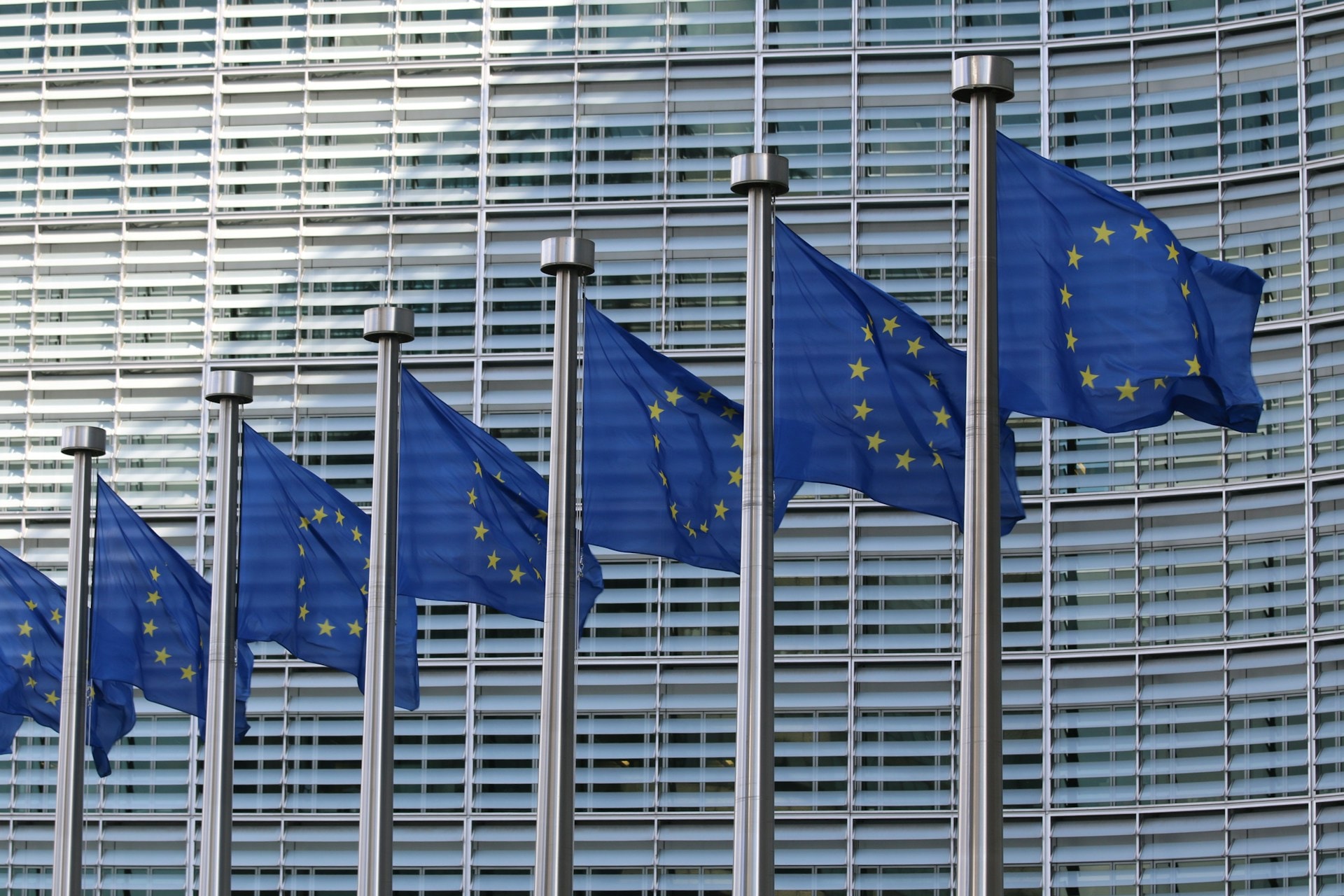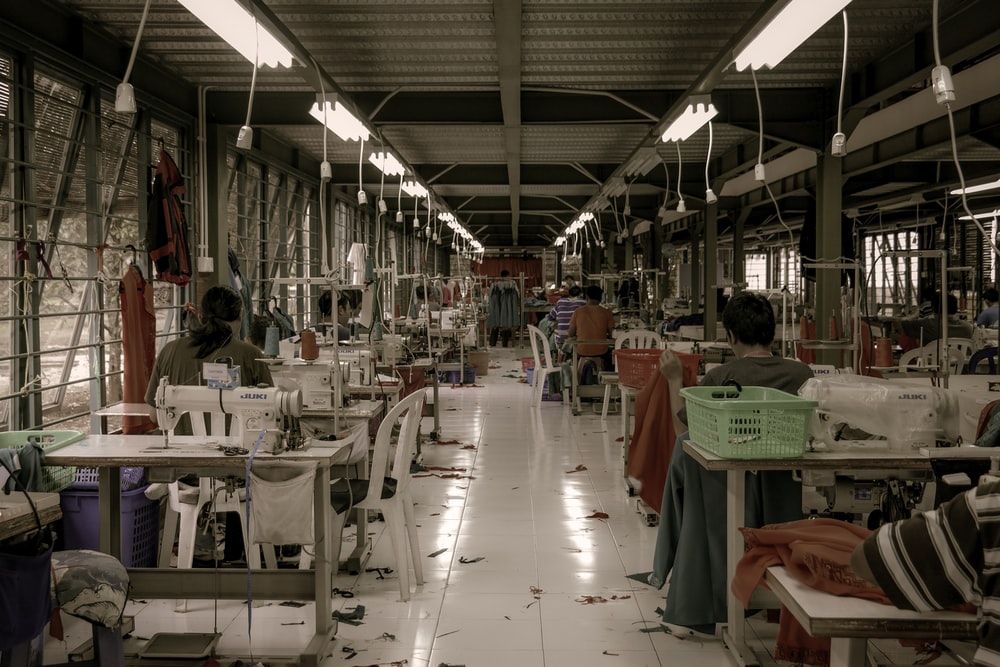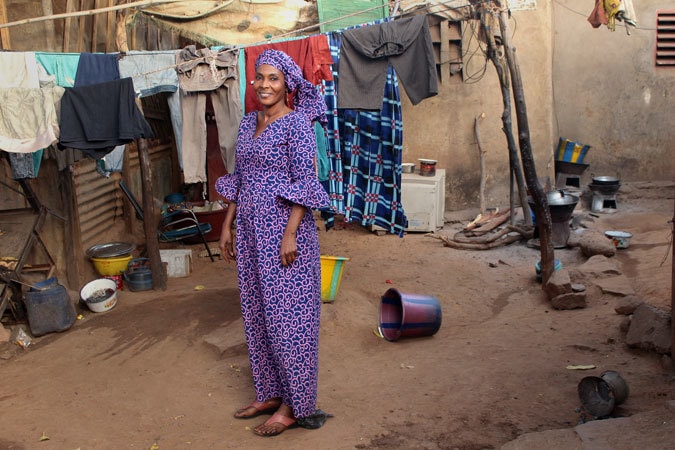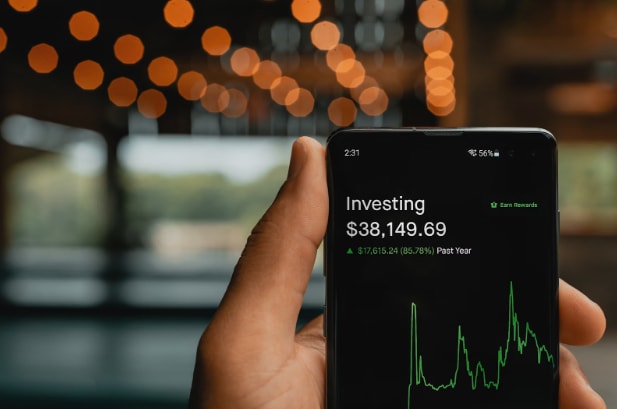“Do you have an Advance Directive?” asked the emergency nurse as she checked boxes to admit me to the hospital. “No, I’m not dying. I’m having a baby.” I replied between contraction, annoyed that I was being asked such trivial questions before I was allowed to see a doctor. “It’s a good idea to get one while you’re healthy so you don’t have to worry about it when you actually need it. Would you like contact information to set one up later?” The nurse asked. “No. I’m young. I’m healthy. And I’m in labor, I don’t need to worry about that right now. ” I answered between clenched teeth. “Okay, but you never know when you might need one.” The nurse advised.
It’s ironic that I was asked if I had an Advance Directive when I was about to give life, after all, an Advance Directive is a guide on how I want treatment at the end of my life, right? This was my first child, and I knew the unexpected happens, but it never crossed my mind that I could die. It’s 2017 not 1917.

IN THE PHOTO: ILLUSTRATION BY DANIEL HOROWITZ FOR NPR. PHOTO CREDIT: VIA NPR
One month after I had my daughter, a woman I knew announced on Facebook that she was about to have her fifth child. She shared pictures of herself with her new baby boy and a brief comment about how she had to have an emergency C-section. In the following weeks, her social media page was flooded with condolences, grief, and confusion. Apparently, she suffered an infection with other complications, and went into a coma. Her husband made the difficult decision to eventually remove life supportive measures even though some family members disagreed. One would think that her husband of fifteen years would know her wishes, but she did not have an Advance Directive, so no one really knew for sure.
Pulling from my personal experiences, the majority of people I knew that died were in their prime. Sure, a few passed after long battles with disease or of old age, but I know of more than 30 people that were not old, not sick, and certainly not ready to die. Only one had an Advance Directive. Also, while researching ways to improve upon mortality, I completed chart reviews on all inpatients in 2014-2015 who passed away at a hospital specializing in cancer care to find that 36% of the deceased had Advance Directives in 2014 and only 22% in 2015. We have very little control on when we die, so why not try to have some control on how we die? The only way to do that is with an Advance Directive.
Maybe that nurse was right, you never know when you might need an Advance Directive. It definitely seems logical to write one before you actually need one. When you are healthy, you are able to make rational, calm decisions. Once your choices are made, you can have an informal, yet important conversation with your loved ones about your wishes. It’s time to change the perception that an Advance Directive is something you need only when you die or dying. Instead, completing an Advance Directives allows you to live your life to the fullest, knowing that your wishes are known and securely documented.
Exploring the research, one study analyzes the demographics of people ≥ 18 years with and without Advance Directives. Almost 8,000 people were surveyed in 2009 and 2010 to find that only 26.3% had Advance Directives with the majority characterized as white, ≥ 55 years of age, with greater than a high school education. This shows there is an opportunity for younger, non-white persons, with less than a high school education to complete Advance Directives.
Social media has quickly become a fantastic way to communicate information, not just to our friends and family, but to the world. The Pew Research Center collected data on social media users, which showed in 2016, 69% of Americans use at least one form of social media, capturing 86% of adult ages 18-29 and 80% of those 30-49, 74% Hispanics, 63% African-Americans, and 59% of those with high school or less education. When analyzing the different types of social media, 68% used Facebook, 21% used Twitter, 25% used LinkedIn, 26% used Pinterest, and 28% used Instagram.
The message that needs to be communicated is one of diversity, strength, and empowerment as each individual documents their wishes with an Advance Directive. This will also provide an opportunity to communicate wishes to our loved ones in person and through social media, since it is such an integral part of our communication.

PHOTO CREDIT: STUDIO BEERHORST
After completing an Advance Directive, the goal is to challenge others to do the same, borrowing from the popular campaign the “Ice Bucket Challege” for ALS. Instead of challenging others to pour buckets of water on themselves, let’s challenge people to try to check something off their bucket list and post a picture with #mylifemydirective.
As that emergency nurse said, “you never know…” so let’s make our wishes know and keep living!













